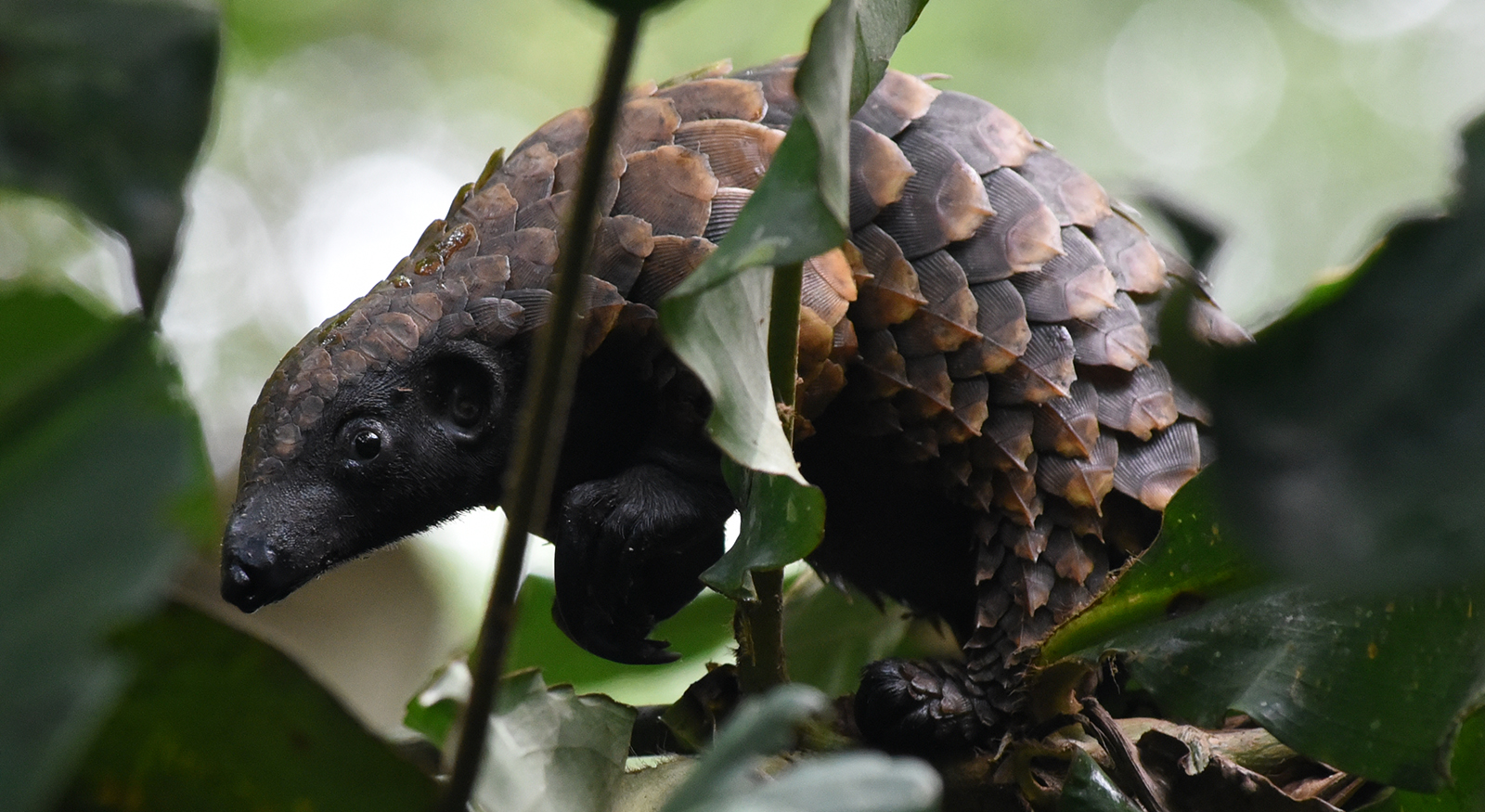10 facts about pangolins
10 FACTS ABOUT PANGOLINS
Here’s 10 facts you need to know about this fascinating creature and the issues it is facing.

Here’s 10 facts you need to know about this fascinating creature and the issues it is facing.
- Pangolin comes from the Malay word pengguling, meaning ‘one who rolls up’. Pangolins roll into a ball when they feel threatened
- They are the only mammals known to have plate-like scales. Their scales, which act as an armoured exterior, are made of keratin, the same protein that makes up human hair and nails
- Pangolins eat ants, termites and larvae. Their long, powerful, curved claws tear open anthills or termite mounds, and with no teeth, they use a sticky elongated tongue to retrieve insects
- There are eight species – Chinese, Indian, Sunda and Philippine, which are found in Asia, and white-bellied, black-bellied, giant and Temminck’s, which live in Africa
- Chinese and Sunda pangolins are classified as Critically Endangered by the International Union for the Conservation of Nature. Indian and Philippine pangolins are Endangered and the remaining species of pangolin are classified as Vulnerable
- No one knows how many pangolins are left in the wild, but it is agreed that their numbers are in decline
- Pangolins face many threats in the wild. They are the world’s most trafficked mammal, hunted and poached in their thousands for the illicit trade in their meat and scales. Deforestation of their natural habitat is also an issue
- We partner with the Wildlife Protection Society of India to protect wild pangolins and improve wildlife law enforcement against their would-be poachers in south east India
- We support Sangha Pangolin Project, a small rescue centre in Central African Republic that, since 2009, has been rescuing pangolins from the wildlife trade, rehabilitating them and returning them to the wild
- We work with partners on a global scale to reduce and, if possible, halt the illegal trade in all wild animals, including Asian and African pangolins.
Image (c) Sangha Pangolin Project, Maja Gudehus
